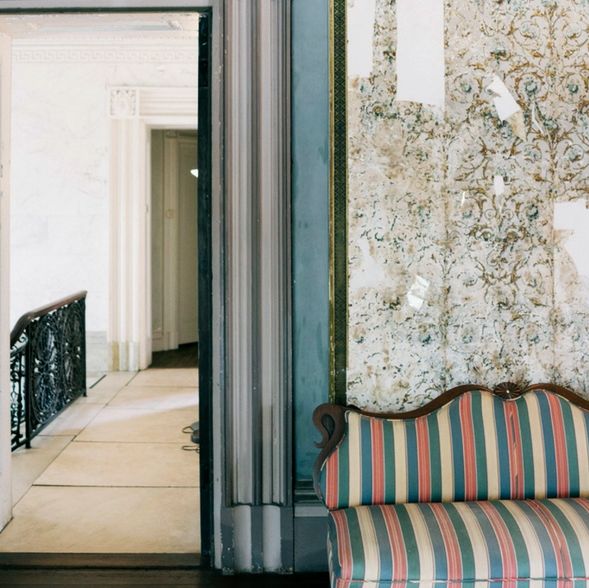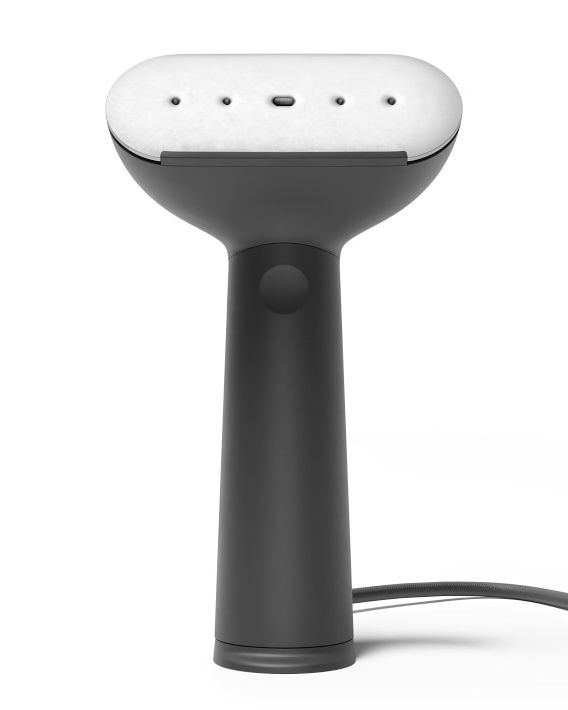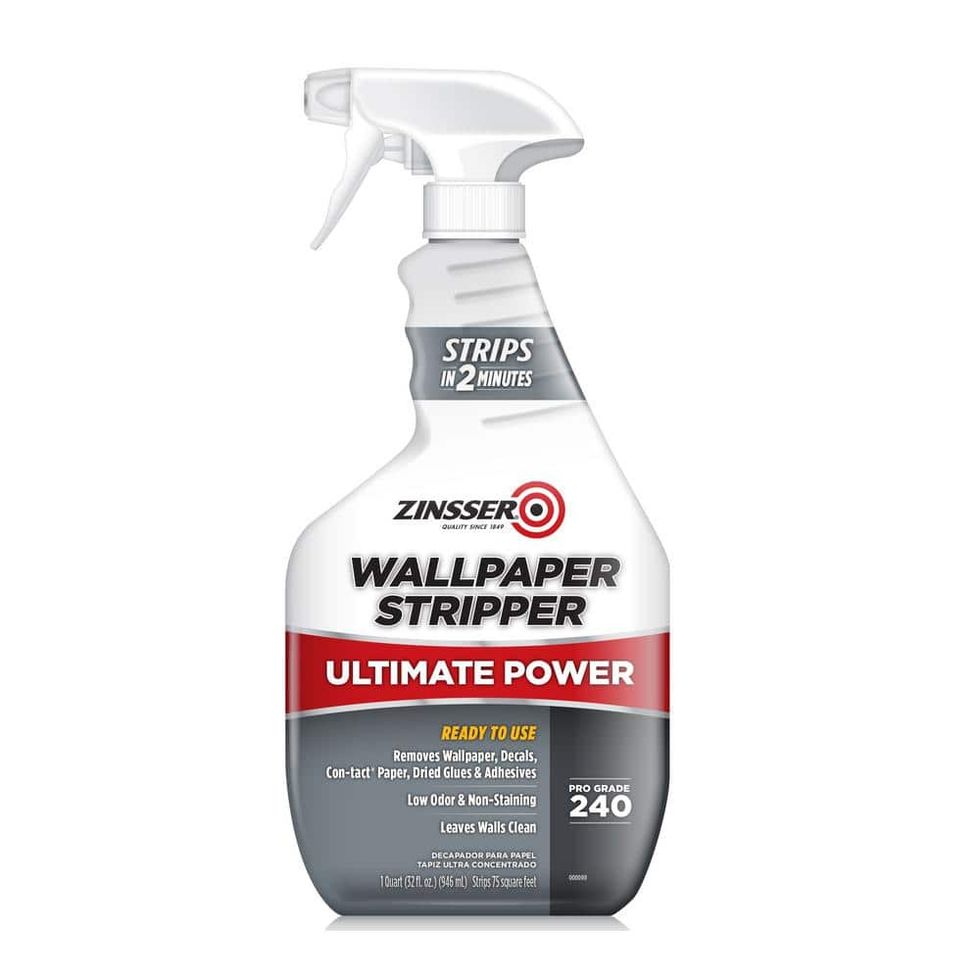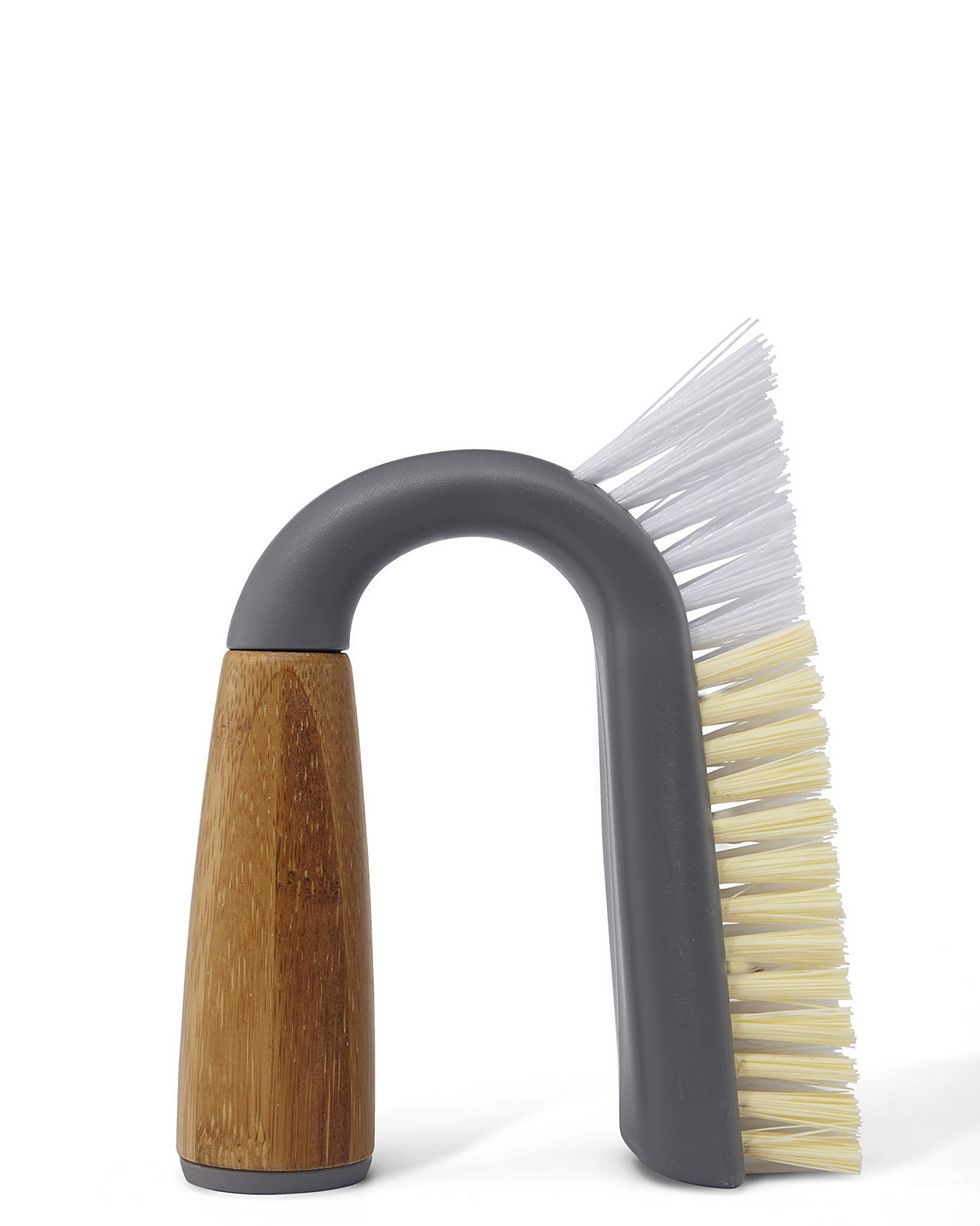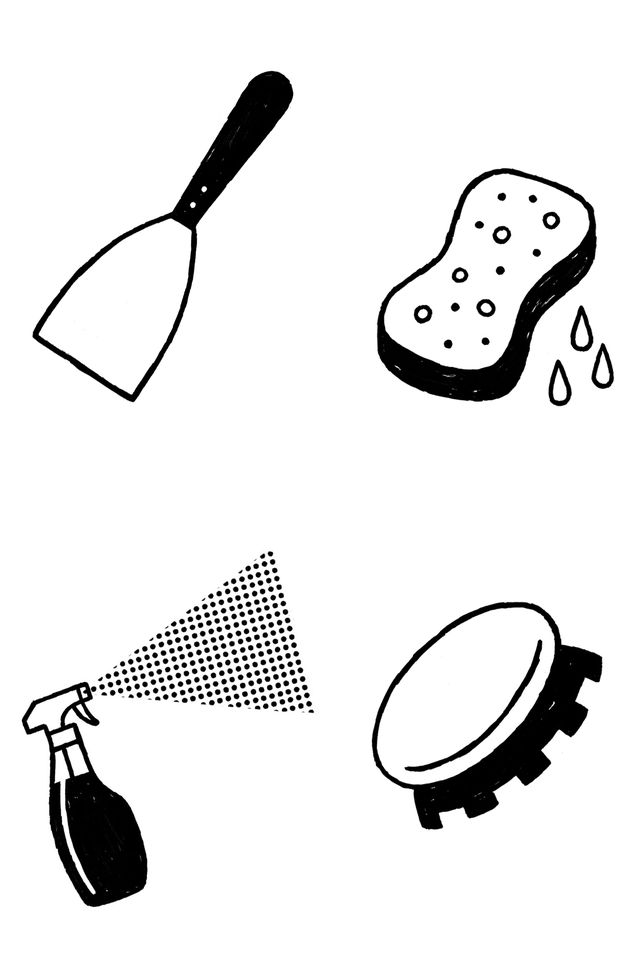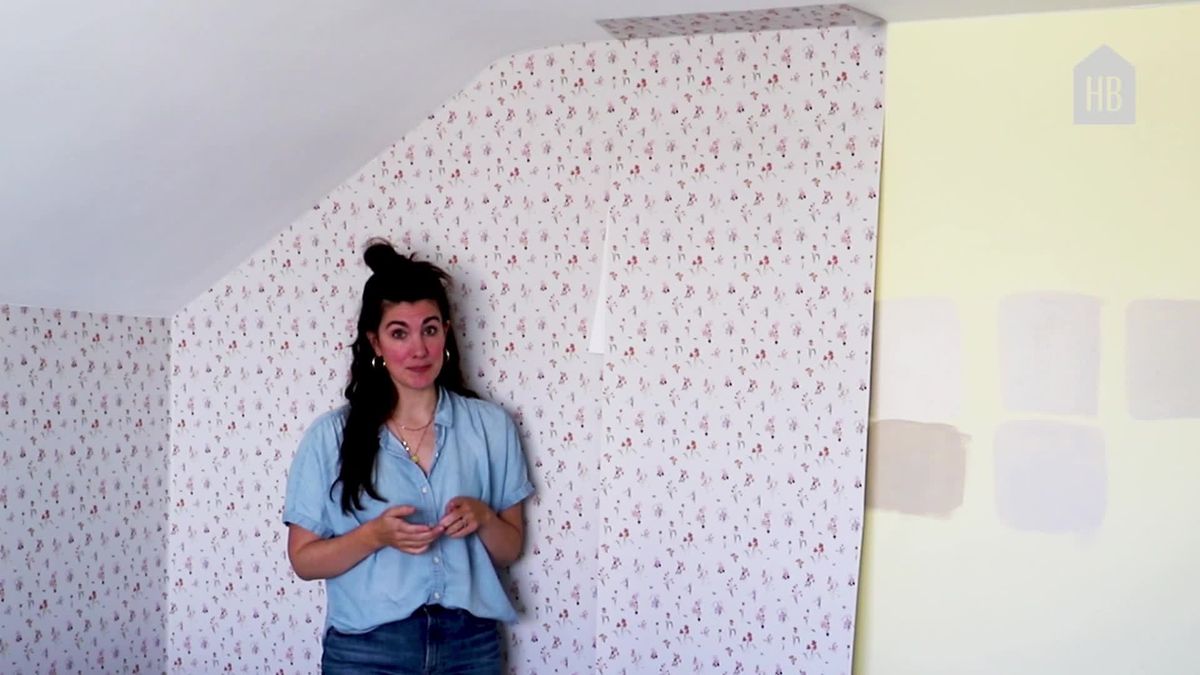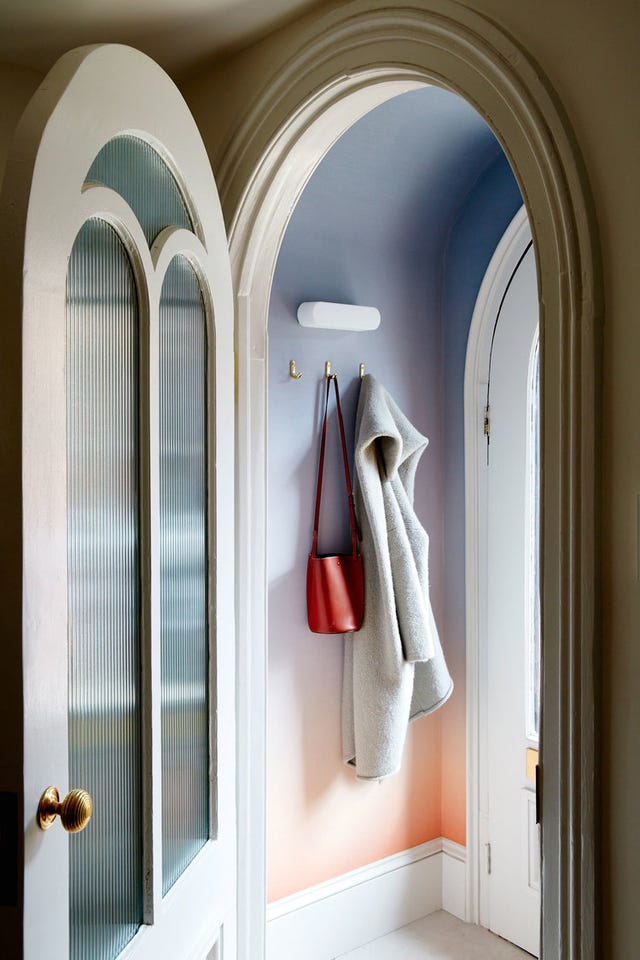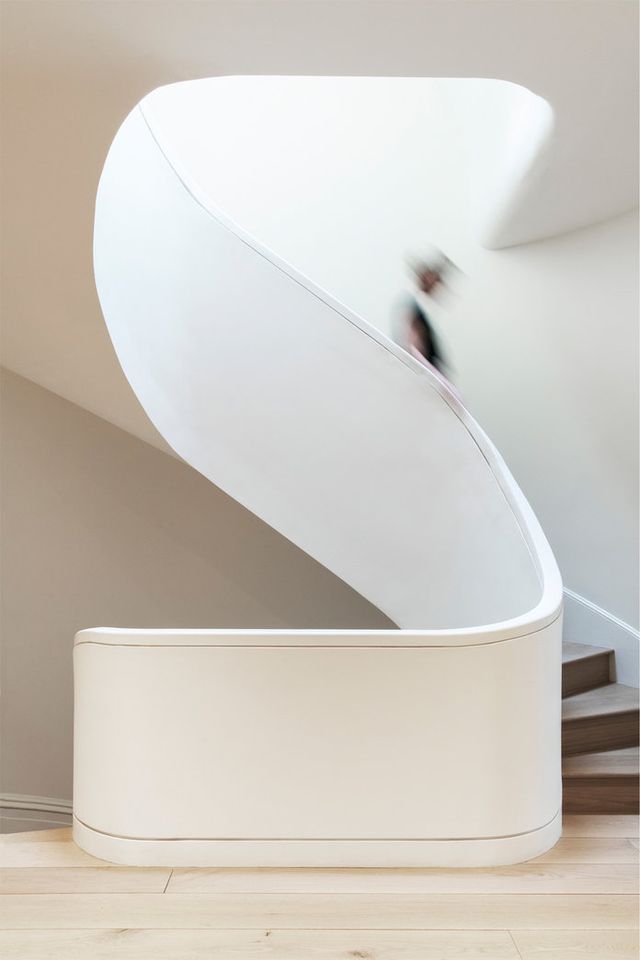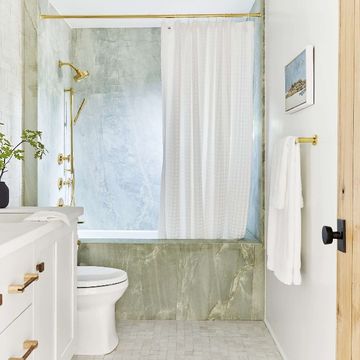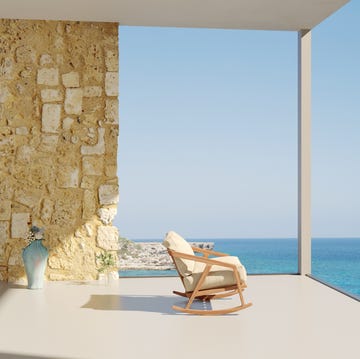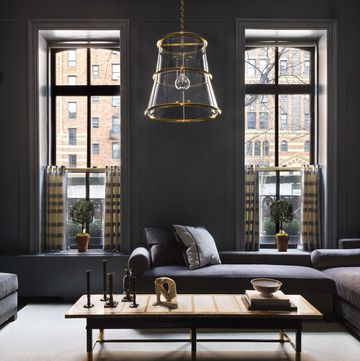Removing old wallpaper is the kind of task that requires a pep talk. All the glue and paste and unknown layers potentially awaiting you can be intimidating. Do you need a steamer? Should you just hire a professional no matter what it costs? You can relax because we have good news for you, whether you just moved into a new space and are dealing with the old owner’s design choices, attempting to get your security deposit back from your landlord, or stripping the walls as you prepare to sell: Once you learn how to remove wallpaper, the job is easier than you might think. Hanging it may be a pain (though the beautiful patterns are well worth the hassle), but removing it takes just four easy steps.
The easiest way to remove old wallpaper is to use a wallpaper stripper, a paint scraper, and a steamer (heat loosens up stubborn glue). However, unless it is specifically removable wallpaper, there's no good way to remove traditional wallpaper without damaging the backing or ripping it. You can make a DIY wallpaper remover from dish soap and water or use mixture of vinegar and water—the chemicals break down adhesives in the same way. Distilled white vinegar is especially useful for removing old glue residue.
Even the best peel-and-stick wallpaper, notorious for its false claims of no wall damage, can be removed easy breezy as long as you don’t just start ripping it off. Ahead, we highlight the proper ways to remove traditional and removable wallpaper. We also share an expert's take on why you should always remove it before you move out.
How to Remove Wallpaper
Yes, wallpaper can stubbornly cling to the walls, but with the right tools, directions, and attitude, you will prevail. Here's what to do.
Supplies:
- Paint scraper
- Sponge
- Scrub brush
- Wallpaper removal spray or all-purpose cleaner
- Spray bottle
- Scoring tool (optional)
- Steamer (optional)
STEP ONE: Remove any outlet covers, switchplates, and hardware such as towel bars. Starting at the corners, strip off the surface layer (the printed wallpaper side you see) using a paint scraper and peeling it back slowly.
STEP TWO: Loosen the backing. Working in sections, soak the remaining wallpaper by running a wet sponge over the surface and letting it sit for at least 10 minutes (the longer, the better). Loosen the residue with the scrub brush and scrape it off the wall with the paint scraper.
STEP THREE: Use wallpaper-removal spray to tackle sticky spots. Alternatively, you can try a regular all-purpose cleaner; they can do the job well, according to Flat Vernacular founder Payton Cosell Turner.
STEP FOUR: If you’re still not making headway, a scoring tool can help scratch the paper loose.
For extra-stubborn or old wallpaper, you can use a steamer to loosen the paste before you scrape.
How to Remove Peel-and-Stick Wallpaper
Compared with getting rid of the real stuff, removing peel-and-stick wallpaper is pretty straightforward. (It's called "removable wallpaper" for a reason!) No need to call in a professional: You can do it yourself easily. Check out the video below to see how Chasing Paper founder Elizabeth Rees does it, then read on for step-by-step instructions.
STEP ONE: Remove any outlet covers, switchplates, or hardware like towel bars.
STEP TWO: Starting at an upper corner, carefully peel off the panels one at a time.
STEP THREE: Some peel-and-stick wallpapers (including Chasing Paper's) are actually reusable. If you make sure to hold on to the original backing panels after installation, you can reattach the panels after they've been removed and use them again in another space.
How to Ensure Wallpaper Is Easy to Remove
Proper installation equals easier removal later on, which has a lot to do with the skill level of the installer, and the type of paste used. Today, there are a ton of paste options optimized for both adhesion and easier removal. When you put up a new print, it's best to use cold water paste, which is water soluble for easy removal. But cold water paste is also homemade, so while a professional can mix the perfect starchy concoction, there's a lot of room for error if you're inexperienced. Luckily, there are many premixed pastes available now that "take the guesswork out of what your grandparents would have done," says Greg Laux, marketing committee chair of the Wallcovering Installers Association.
Aside from paste, most wallpapers are now backed with a lining made from vinyl, paper, fabric, or natural textile, so they don't attach directly to the wall. This intermediary medium makes wallpaper a lot easier to apply, remove, and replace, as it protects the wall from damage by preparing it for appropriate paste absorption.
Hiring a skilled installer also makes removal so much easier. "You must match your particular skill level, wallpaper type, and complexity of application to give you a fair indication whether it’s time to call for help," Laux advises. If you've already selected a beautiful, high-quality wallpaper, it's best to have a skilled craftsman handle it so doesn't damage the walls later. That can impact the value of your home.
Can You Paint Over Wallpaper?
Well, it's complicated: While you can paint over some wallpapers, there are quite a few reasons you may not want to. "It's definitely not best practice," says contractor Jessica Pleasants.
Why You Should Remove Wallpaper for Resale
Though The Yellow Wallpaper may be a little bit of an extreme example, Charlotte Perkins Gilman's words will likely ring true to some homebuyers: "The most hideous wallpaper…is stripped off in great patches…those sprawling flamboyant patterns committing every artistic sin." It's everyone's nightmare to fall in love with a dream home only to discover the walls are covered in layers of ancient, decrepit-looking wallpaper that can't be removed.
To separate fact from fiction about how wallpaper impacts the value of a home, we decided to consult Mindy Henderson, a luxury property specialist at Pacific Union, California's leading brokerage. Henderson assures us that "wallpaper isn't going to devalue your home" if it's neutral. When in doubt, she recommends consulting a stager to help you decide whether removal is necessary.
But here's the thing: While the beauty of wallpaper is that it can instantly inject character and movement into a space in ways that paint and blank walls just can't, it's also a personal preference. "And we find that depersonalizing a home and staging it has the most successful outcome for the seller" because they can more easily envision themselves in the space, she explains.
When it comes time to sell your home, you'd be wise to consult a stager anyway. "A well-staged home typically sells in half the amount of time with twice as many offers—and, in San Francisco, for $200,000 more," Henderson tells us. All things considered, wallpaper removal will be a small price to pay should your stager recommend doing so. Especially because now you know how to remove wallpaper yourself!
Follow House Beautiful on Instagram.

Hadley Mendelsohn is the co-host and executive producer of the podcast Dark House. When she's not busy writing about interiors, you can find her scouring vintage stores, reading, researching ghost stories, or stumbling about because she probably lost her glasses again. Along with interior design, she writes about everything from travel to entertainment, beauty, social issues, relationships, fashion, food, and on very special occasions, witches, ghosts, and other Halloween haunts. Her work has also been published in MyDomaine, Who What Wear, Man Repeller, Matches Fashion, Byrdie, and more.
Hadley Keller is the Director of Editorial and Community Engagement at the Design Leadership Network, a community of top interior designers. She has covered design, interiors, and culture for over 10 years.
